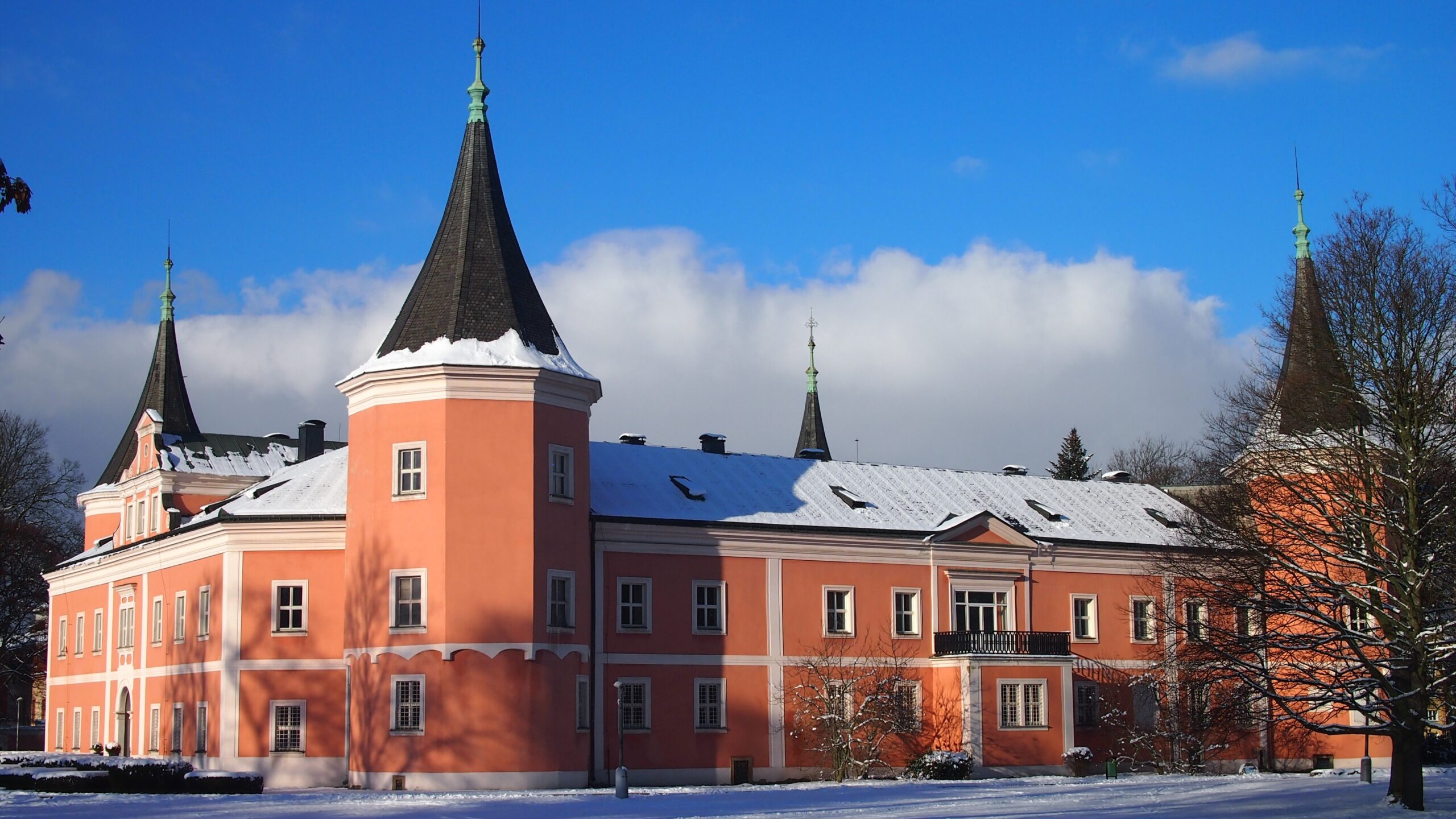
The Museum of Sokolov
The Museum of Sokolov is located in the Sokolov castle since 1960. The first part of the exhibition in The Museum of Sokolov acquaints visitors with the history of the region from prehistory to the middle of the 20th century. In the next part, important fields for the region are presented, such as the production of porcelain, glass, musical instruments, and of course, mining. The history of the Nostitz family, owners of the chateau from 1622-1945, is described in the last rooms. Two other rooms are dedicated to the work of the painter David Friedmann, who worked in the Sokolovská region in the years 1946 – 1947, before his departure for Israel and later the USA. In 2019, the cellar of the chateau was opened with an exhibition of archeology, geology, and the so-called Sokolov treasure (a collection of jewelery from the turn of the 19th and 20th centuries found during construction work in 1994). The museum includes exhibition halls for short-term exhibitions.
The museum also manages the historical Jeroným Mine.
The Jeroným Mine National Cultural Monument provides a unique look into the mining culture and skills of our predecessors. The Jeroným Tin Mine near the defunct village of Čistá was registered by the Mining Authority as early as 1548. The city had its own tin weight, tin smelter, and the right to free logging in the royal forests. It is estimated that the Jeroným mine has provided about 500-700 tons of tin throughout its history. That’s why Jeroným was never like that rich and famous like other works in the area but preserved in its original form. In the central part below are impressive chambers from the 16th century. In many rooms, the walls and ceilings are coloured black from soot that has settled during the setting of fire. The walls are grooved with grooves on the irons and canines of the then miners. With numerous breaks and various yields, the mines in Čistá were in operation until the end of the First World War; in the years 1940-1943 and 1964-1966, only exploratory mining work took place. At present, part of the mine is made accessible, and in the other part, an extensive and expensive reconstruction of the mine is still in progress.
For more information about the Karlovy Vary Region, from which this museum comes, click here and here.